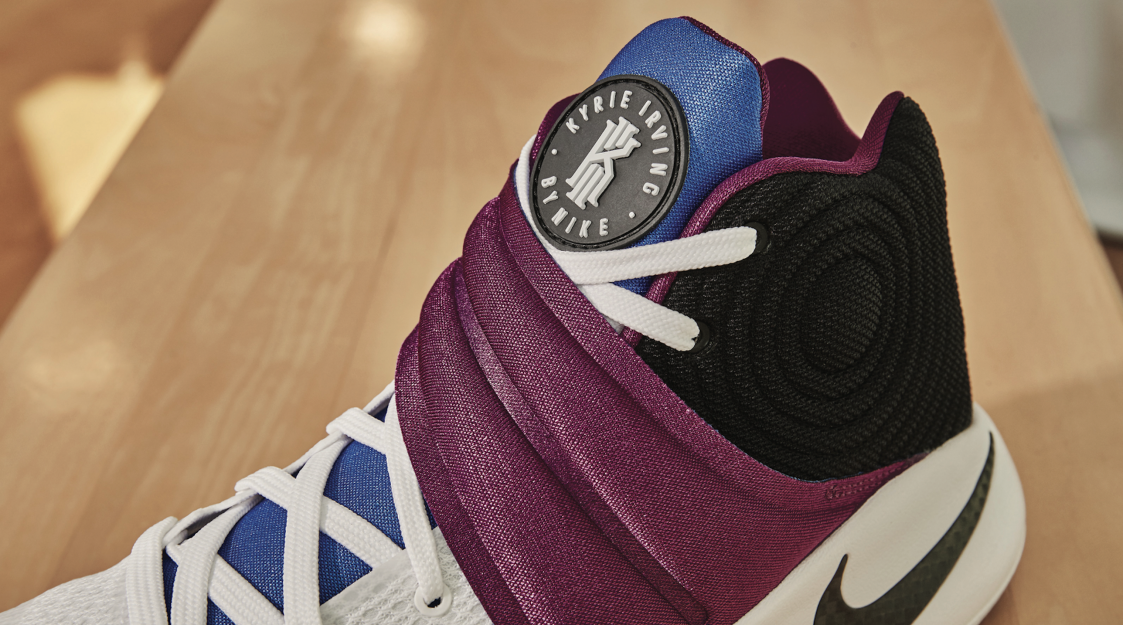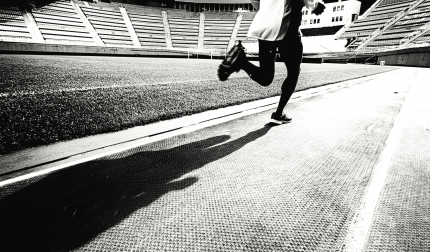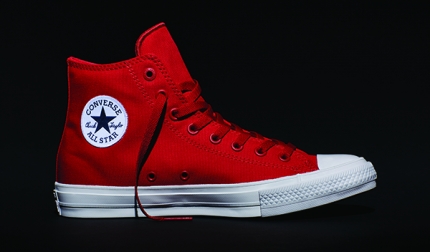Rather than simply endorsing another party’s products or services, one way for an athlete to parlay his or her fame from the field or arena to a money-making platform is to develop product lines branded with the athlete’s name, likeness, or trademark. Typical product lines include endemic products such as apparel or sports equipment, but can also include restaurants, fitness clubs, software applications, and video content.
The most important decision with respect to a branded product line is determining whether to use a licensing structure, where the athlete relies on a third party to produce, market, and sell the products, or a direct development structure, where the athlete creates an entity or forms a joint venture with a strategic partner or financier to be the producer and distributor of the products.
The Licensing Structure
Athletes often use a licensing structure when creating a branded product line, which means that the athlete licenses to a third party the right to design, produce, market, distribute, and sell products that incorporate that athlete’s name, likeness, or trademark. One advantage of using a licensing structure is that the athlete will retain ownership in his or her name, likeness, or trademark and the third party licensee is only being granted the right to use the name, likeness, and/or trademark for a set period of time. The athlete is usually compensated by earning royalties based on sales (often with advances and minimum annual guarantees). This structure is common for apparel or equipment lines – such as LeBron James’ product line with Nike or Steph Curry’s product line with Under Armour, as well as the capsule collections developed between Michael Strahan and Macy’s, and Cam Newton and Belk. Because a third party is taking on most of the responsibilities, there is little financial risk for the athlete.
Nevertheless, the athlete still must consider standard licensing issues, such as, at a minimum, approving all uses of the athlete’s name, likeness, and/or trademark and ensuring proper quality control over the manufacturing of the products themselves (which may include the right to monitor or visit manufacturing facilities). Some athletes want to be much more actively involved in the design process and marketing of the products (the latter will likely be contractually obligated regardless of the athlete’s desire – as the third party licensee will likely require the athlete to make personal appearances and provide other promotional services). The determination of which party owns the products and product designs after the agreement ends, the scope of non-compete restrictions on the athlete and who can terminate the agreement (and why) are also important considerations. Finally, and possibly most significantly, the athlete should make sure that the licensee is the right partner: Does the licensee have access to quality manufacturers? What is the licensee’s ability to market such products? What is the licensee’s track record with athlete or other celebrity branded product lines?
The Athlete-Owned Direct Development Structure
Rather than entering into a licensing arrangement with a third party to develop, produce, and distribute a product line, athletes can also create their own entity to handle such activities themselves. By creating the product line on their own, the athlete will need to engage designers, manufacturers, and distributors for the products and will also likely need to find financing. There are several successful examples of such a structure, including Great White Shark Enterprises, which is Greg Norman’s vehicle to develop and distribute apparel, wine, and golf equipment among other things; the Paul Rabil Experience, an online platform which offers instructional video content and fitness workouts for aspiring lacrosse stars; and Big Papi’s Kitchen, through which David Ortiz distributes a line of salsas, chips, and dips. While there is potentially great financial upside and the genuine satisfaction of owning your own business, there is much more financial risk and time commitment for the athlete than in the licensing structure.
This structure will require much more “legal” legwork, including the creation of a corporation or limited liability company, direct enforcement of the athlete’s name, likeness, and trademarks, and the development of beneficial manufacturing, marketing, and distribution agreements with third parties. The athlete also needs to be very cautious about investing too much of his or her own money in such a risky venture. So the athlete-owned entity will likely need to seek substantial financing from third parties, which may actually lessen the athlete’s control and/or ownership of the entity and equity in their brand (including their name, likeness, and/or trademark). For this business model, it is imperative that the athlete identify and engage a very experienced management team to run this enterprise.
Risk or Reward?
While athletes can develop branded product lines in different ways, they should carefully consider their risk tolerance and ability to commit time and effort before determining which structure to use. While a licensing arrangement would be much less risky from a financial perspective, an athlete-owned brand offers much more potential financial upside – and gives the athlete something to “own” at the end of the day.
Christopher R. Chase is a partner at Frankfurt Kurnit Klein + Selz, where he practices sports, entertainment and intellectual property law. He can be reached at cchase@fkks.com.





